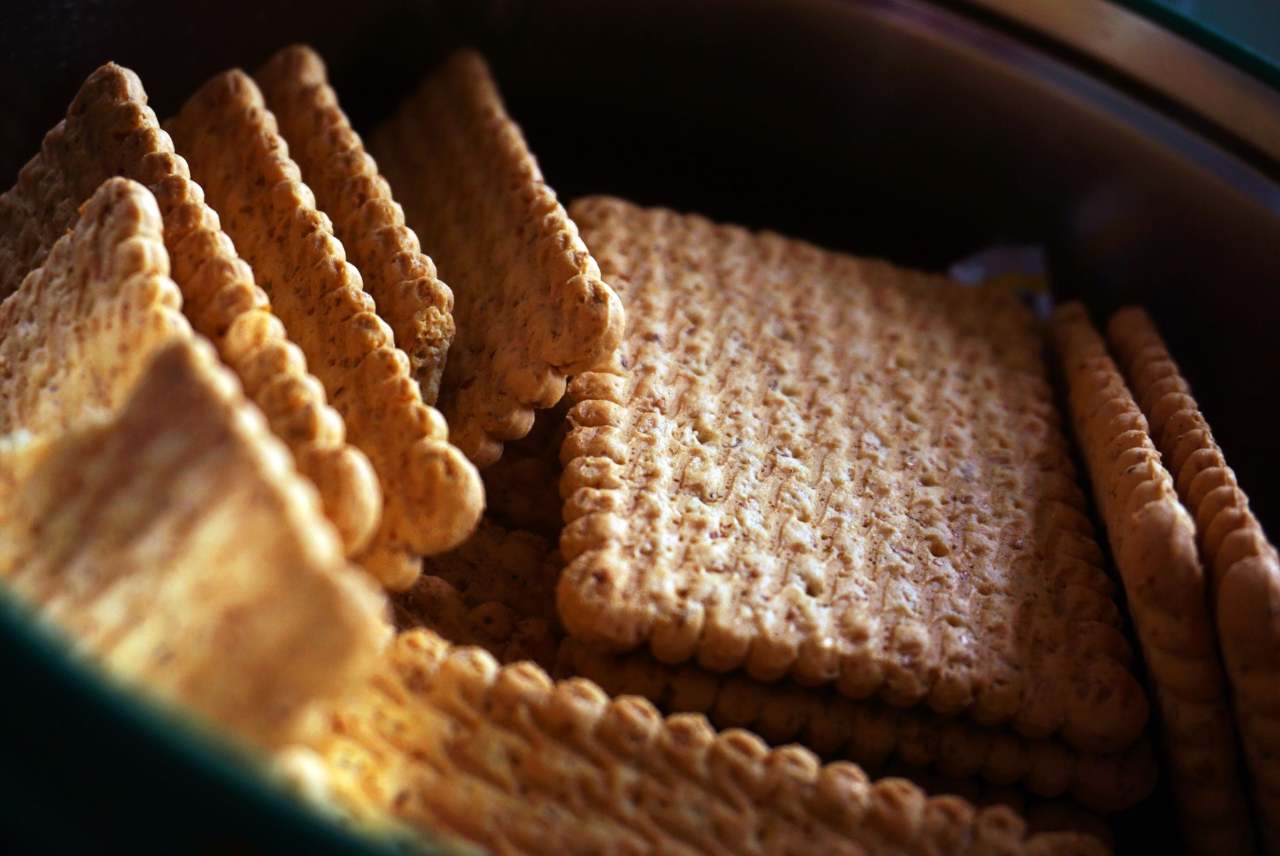Why is palm oil so widely used in foods?
Palm oil is widely used in food because it is economical to grow and has a largely neutral flavour. As the whole of the palm fruit is used to make oil, including the flesh and the stone, it’s about 10 times as productive as soya bean or rapeseed.
It’s a super efficient crop which makes it around nine times as productive per hectare than the next most productive oil. It also doesn’t require as many fertilisers or pesticides as other common alternatives.
Palm oil is also semi solid at room temperature. Other vegetable oils have to be partially hydrogenated to make them more solid, which creates trans fats or trans fatty acids which raise cholesterol. This makes palm oil healthier than alternatives.
Add to this the fact that it’s odourless, colourless, and is resistant to oxidisation giving it a longer shelf life, and it’s easy to see why palm oil is such a popular choice for producers.
Which foods commonly contain palm oil?
Palm oil is a cheap substitute for butter or hydrated vegetable oils, so is especially common in pastry dough and baked goods. It is commonly found in everyday items, such as biscuits, butter/margarine and bread.
It can be difficult to know if a product contains palm oil or its derivatives, because they can appear on ingredients lists under 200 different names. One helpful tip to help know if a product contains palm oil is to look out for these four words: Palm, Stear, Laur, Glyc.
These words will help you spot over half of the fatty acid compounds that are often made from palm oil.
You can find a full list of foods that contain palm oil below
Why is palm oil considered bad for the environment?
Palm oil production is considered to be a major driver of deforestation of the world’s most bio-diverse forests.
It is wiping out the habitat of endangered species such as Orangutan, pygmy elephants and Sumatran rhino.
A global average of 8kg of palm oil is consumed by each individual in a year. In order to produce palm oil on such a massive scale, it is said that the equivalent of 300 football fields of rainforests is cleared every hour.
What’s sustainable palm oil?
There has been a shift towards use of sustainable palm oil in recent years. At Ethical Consumer, we expect responsible companies to have all of the possible palm products used in its global supply chain certified by the Roundtable on Sustainable Palm Oil (RSPO) plus something extra like full disclosure of volumes, suppliers, or traceability to the mill.
The RSPO has faced criticism for failure to adequately audit companies or penalise them when they break rules, and for its standards being weak. Other initiatives such as The Palm Oil Innovation Group (POIG) and High Carbon Stock (HCS) approach are pushing for standards higher than those expected by the RSPO.
Another way companies can demonstrate engagement on this issue is by sourcing palm oil that is certified as organic.
Some food products and brands do use sustainable palm oil. You can find out which on our palm oil free list.







